Why Stephen King’s Pet Sematary Deserves a Remake

Let’s start this out by saying that we’re aware there have been similar pieces written on this subject. It’s a (fairly) popular one. What are you gonna do, right? That said, we feel we have a much different take on a possible remake of Stephen King’s scariest novel, Pet Sematary. So let’s get to it, shall we?
Mary Lambert’s original film is a classic, make no mistake. But we love the movie for what it is and still think there is a much better adaptation of King’s source material in the wings. Mary Lambert’s film is a “fun” movie, a “Halloween” movie, whereas King’s novel is one of the most emotionally devastating and horrific novels of all time. Thus any “re-adaptation” (expect that phrase to catch on soon) must channel such feelings.
To begin, there are many elements Mary Lambert’s film got right and should be left right the hell alone, thank you very much. For example, the characters of Jud Crandall and Gage Creed. These two characters are just about perfect in the novel and original film, so they would be left mostly as is. Elle Creed is functional. If she doesn’t get cut out completely (she won’t) we would leave her basically as-is.
Guess who we would cast as Jud Crandall? James Earl Jones. Awesome, right? It’s been ages since we have seen the phenomenal actor in a film and he is long overdue for a meaty role. And while we’re at it, let’s ditch the Missy Dangers character from the 1989 film and keep Judd’s wife, Norma. Who should play her? How about Star Trek’s Nichelle Nichols? Sounds good to me.
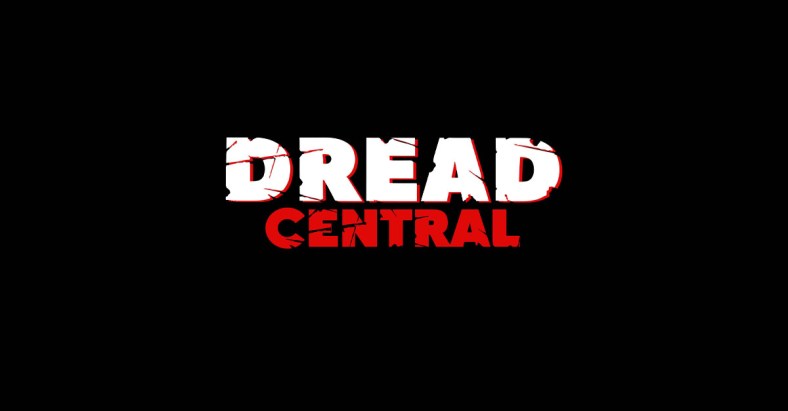
Now let’s move on to the novel’s main character, Louis Creed. In the novel and the source material, Louis is a big city doctor new to a small town. Let’s start by changing Louis’ profession from doctor to something more “everyman” like a construction worker, or better yet, a carpenter. Yeah, let’s go with carpenter.
No, this decision isn’t a thinly veiled attempt to gain some sort of biblical reference. Not at all. The reason to change Louis to a carpenter is simple: he should spend the first half of the film trying to fix up his family’s new home. More specifically, he should be in the process of building a fence around his property that separates his front yard from the road beyond. A road where pesky Ornico trucks scream by with frightening regularity.
You see where we’re going here.
This would function as a way to implicate Louis more directly in the tragic death of his infant son Gage. Freaky, huh? On top of that, Louis should not be familiar with death. In this version of Pet Sematary, Louis Creed would be a rare breed: a family man in his mid-thirties who has never experienced a death close to him. His mother is still living and his father died when he was three. He’s an only child and has never owned a pet. More importantly, he’s never experienced the death of a pet.
You see, this Louis Creed has never been a fan of pets. This change would bring to the surface a major underlying theme in King’s novel: the death of our childhood pets, however hurtful, prepares us for the deaths of loved ones later in life. That is one of the secret gifts our pets give to us as children, we just never realized it.
When Church dies, this hurts Louis. When Gage dies, it drives him crazy. As a doctor, he is too experienced with every aspect of death. Altering Louis’ relationship with death strengthens the new story’s cautionary tale: The deaths we experience throughout life, especially those of our pets, are a hidden means to prevent us from ending up like Louis if real tragedy strikes and we are unprepared.
But how would Louis’ change in profession affect iconic moments from the novel and movie? First, instead of grabbing up a scalpel to super-murder people in the final reel, little reanimated Gage Creed would steal Louis’ Exacto knife. And Louis would fill a syringe with something a bit more horrific, like bleach, to kill off Church and Gage in the final act. Brutal, but the man’s gotta do what he’s gotta do.
This would be as good a time as any to mention that Chris Pine would make a fine everyman Louis Creed.
Yes, Chris Pine will do nicely.
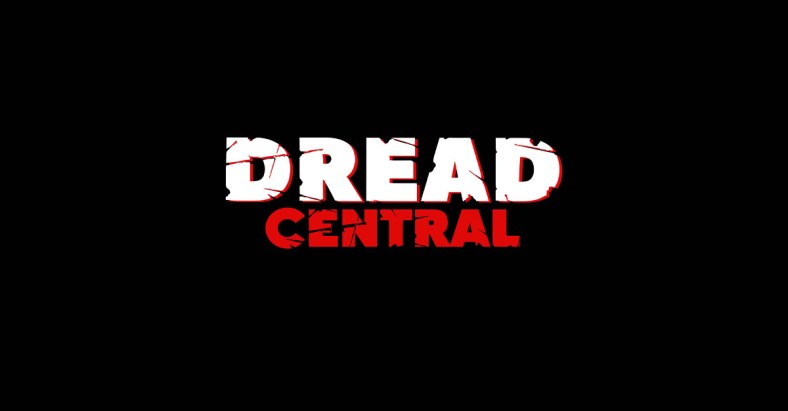
Furthermore, on the subject of Louis and Gage’s connection, when the family first arrive at their new home, Rachel should still be pregant with Gage. A birthing scene (aided at home by Jud and Norma Crandall?) would strengthen the audience’s attachment to Gage. Not that we need it, but Gage’s death would be all the more horrific if we witnessed his birth – just like Louis.
Speaking of which, if the novel and the movie need to get one thing straight it’s that we as the audience need a stronger connection to Louis’ desire to bring Gage back, no matter how horrific he knows it is going to be. With the original film, it’s too easy for people (without children of their own) to sit back and say, “Why the hell would Louis dig up his son and bring him back, knowing it is an evil system the Micmacs have set up beyond the deadfall?” Hopefully seeing Gage’s birth would help smooth out this matter a bit more.
The subject of Church goes mostly the same way. Like with Gage, the Creed family should move into their new home without Church in tow. No, we don’t need a birthing scene for Church. But perhaps a scene after Gage is born and Elle Creed is feeling forgotten and left out where Louis finally agrees to get her a pet. (Remember, in this version Louis doesn’t like animals.) Also, there should be a scene where Louis goes to the local shelter and saves a baby kitten (Church) from the gas chamber.
NOTE: Yes, for all of you fellow screenwriters out there, we just had Louis Creed literally Save the Cat. Sue us. Plus, a kitten Church growing into a full grown Church would be a good marker of time passing.
We’re working our way up to Zelda, so with that in mind, onto the subject of Victor Pascow. Let’s get casting out of the way right off the bat. How about Evan Peters? Wait, we ALL agree that’s great casting? Cool, then let’s move on.
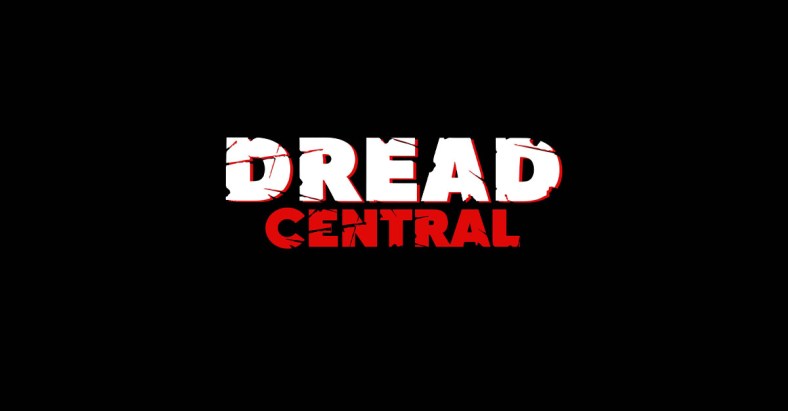
Victor, in the book and original film, is a young man Louis sees die in front of him. Being that in this version Louis wouldn’t be familiar with death first-hand, and Louis is now a construction worker/carpenter, let’s switch this up a bit.
One day, Louis is on the job and a new kid named Victor joins the crew. Victor experiences a horrific accident and dies right then and there.
But doesn’t that go against not letting Louis experience death first-hand?
Not really.
Victor isn’t close to Louis. And to keep Louis even more in the dark (and thinking he has now dealt with death, which only gives him a false sense of security) Victor will die out of Louis’ sight. We’ll see it happen (kinda) but Louis will only hear it happen. Arriving at the back of the group and only glimpsing Victor’s mangled body before someone throws a sheet over it.
Victor will then visit Louis in his dreams/visions like the original story, but Louis (and the audience) will not be sure if this is really what Victor looked like when he died. Thus begging the question, “Is he real, or has Louis been subconsciously traumatized by Victor’s death and is now imagining this young stranger’s spectre?”
This newly introduced psychological element will transfer to scenes where Victor appears to Elle and Rachel as well, hinting that Louis’ un-checked trauma is bleeding its way through his family.
Okay, let’s get to the part we all want to hear about: Zelda.
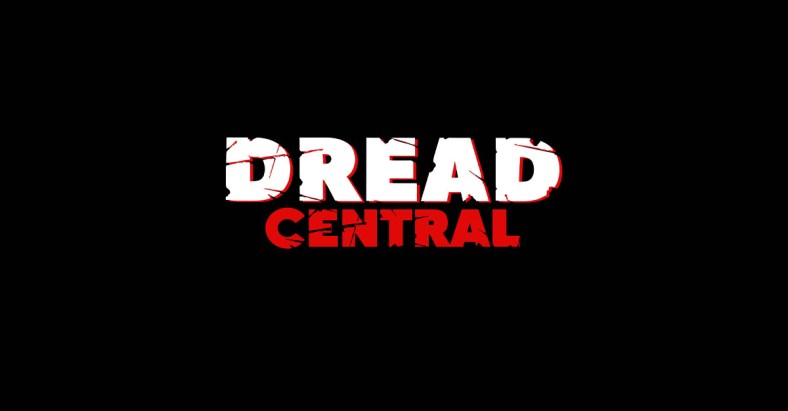
How Zelda was handled in the original was near perfect. Dated, sure, but the scene still has the ability to terrify time and time again. But there’s one element we’d like to introduce that wasn’t in the original film or the source material:
Zelda is Rachel’s identical twin sister.
This would lead to a (slightly) longer flashback sequence that shows us the girls before spinal meningitis seeped into Zelda’s bones. Two angelic, adorable little blonde girls, identical in every fashion… until Zelda is stricken with sickness. Rachel is then forced to witness an identical version of herself distort and disappear before her eyes, creating a hatred in Zelda that would extend past the grave.
Zelda should be an actual child, as opposed to the original film’s Zelda, who looks much older than Rachel and borders more on “creepy grandmother” than peer and sister.
Finally, in an effort to give audiences nightmares for all time, Zelda 2.0 should be played by a gymnast/contortionist. Gymnasts tend to be women with smaller body types, so it would sell under the makeup and give Zelda the ability to morph her body into unimagine positions. We’ll let you imagine that on your own for a bit.
And this brings us to the biggest element in the remake of Pet Sematary: Rachel.
Rachel should be a more pivotal character to the piece. She needs to be as much of a main character as Louis and/or Jud. Nothing against Denise Crosby, but her Rachel was cold and detached. Rachel is a much more sympathetic character in the novel and should be even more so in this new adaptation.
When Louis goes off the deep end, we need Rachel to become our guiding light. A guiding light which, tragically, is eventually destroyed by her husband’s unchecked demons.
Or how about this? Rachel survives this version and it’s Louis who is killed. Picture this: We end on Rachel, sitting in the front lawn of the Crandall house after the night of horrors, with the bodies of Gage and Louis at her feet. Alone, traumatized, merely staring out into the woods, out towards the path that leads to the Pet Sematary… and beyond.
Add to all of that a dream sequence where Rachel wakes up in the middle of the night for a glass of water, and in the dim light of the bathroom sink, she pulls out a chunk of hair. Then a tooth hits the sink. She painfully, horrifically transforms before her own terrified eyes into the horror show that is Zelda. Show. Stopper.
Who should play Rachel? Let’s go with Margot Robbie. She has the acting chops, and her ability to be vulnerable but also badass when the situation calls is a terrific mixture for Rachel. Bonus points for working closely with our new Louis Creed, Chris Pine, in Z for Zacharia, establishing some history between the two actors.

One aspect you may be wondering about is the issue of the Wendigo. While many have said the Wendigo needs to be a more pivotal element the second time around, we would disagree. We love how Mary Lambert’s version (written by Stephen King, after all) left the Wendigo in the shadows; a form that may have influenced the proceedings, but not one that should ever act as a physical manifestation of a central villain. It isn’t needed.
In fact, what sets Pet Sematary apart from other horror stories is the striking lack of a central villain. Instead, the story allows you to choose the villain, and that choice may very well change with every new viewing.
Is Judd Crandall the story’s true villain? Louis? Neither? Both? The story is about how all of us could become the villains of our own lives, even if we arm ourselves with nothing but the best intentions. This needs to be preserved. A wendigo stalking outside in the bushes would only serve as an excuse for people’s behaviors throughout the movie, and we’re not letting any of them off that easy.
Let’s wrap this up by talking about who should take the helm of this new adaptation.
There has been talk of IT director Andres Muschietti, but sorry, I don’t think he’s the proper fit. His tendency for CGI and jump scares works for a funhouse ride like It, sure. But Pet Sematary is more of a drama, where the horror is contained to manifestations of our inability to deal with grief. Sorry, but until we’ve seen proof of Muschietti’s maturity (for lack of a better term) as a filmmaker, we’re taking him off the table.
Instead, how about we go with Mike Flanagan? After all, Flanagan’s tastes run more towards the horrors between humans than horrors that befall humans. Not that Absentia, Oculus, or Gerald’s Game don’t have their frightening external horrors—in fact, Flanagan handles external horror just fine, thank you very much. (Watch Hush again if you’ve forgotten.)
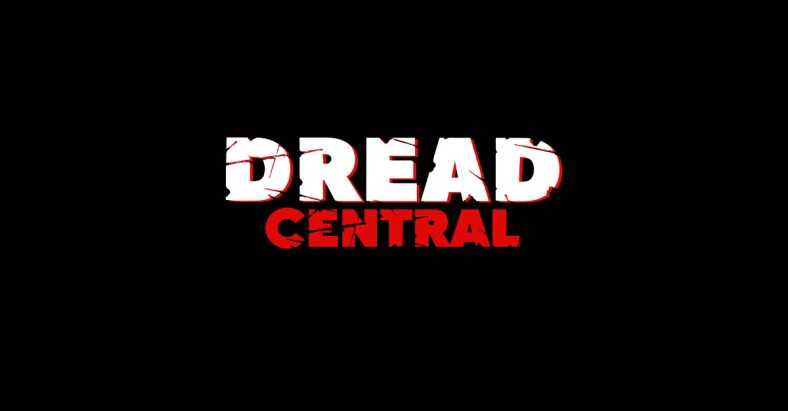
Given one choice besides Mike Flanagan, Julia Ducournau would take the cake.
If you’re unfamiliar, Ducournau recently wrote and directed the stellar French cannibal film Raw, which proved the director a true force to be reckoned with. She’s a filmmaker who prefers her horrors grounded in reality, no matter how stunningly surreal. Plus, she does not shy away from the red stuff.
Runners-up would be Jeff Nichols (Midnight Special, Take Shelter, Mud, and Loving), Jennifer Kent (The Babadook), Babak Anvari (Under the Shadow), and Karyn Kusama (The Invitation).
Anyhow, those are our thoughts on how to remake Pet Sematary. What do you think, and how would you handle an update on King’s scariest novel?
Let us know below and thanks for reading!

Categorized:News

